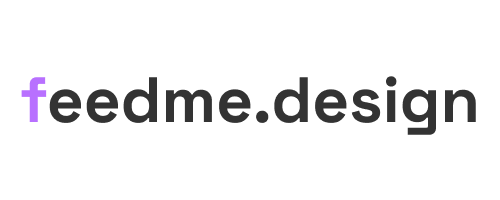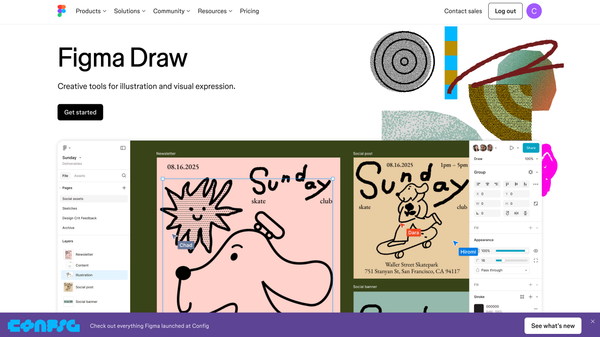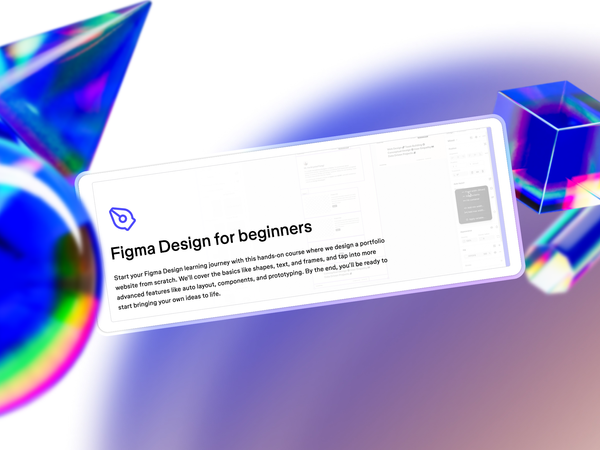Is Figma coming for another piece of Adobe’s pie?
With the recent unveiling of Figma Draw, enhancing its native vector capabilities, many are wondering if Illustrator, the long-reigning champion of vector graphics, should be looking over its shoulder.
For years, Adobe Illustrator has been the undisputed heavyweight champion of vector design. Its depth, precision, and integration with the broader Creative Cloud have made it indispensable for many, from intricate illustration work to print design and complex branding projects.
Could that be on the cusp of changing? For a growing segment of the design population, particularly those in UI/UX, the full might of Illustrator often feels like overkill for their daily needs, primarily crafting icons, simple illustrations, and vector assets for digital interfaces.
This is where Figma Draw enters the arena.
The Case for a Little Adobe Anxiety
The excitement around Figma Draw isn't just about new tools but about workflow.
Many UI/UX teams already live and breathe Figma. It's their hub for interface design, prototyping, and collaboration. Previously, creating or editing vector assets often meant a disruptive hop over to Illustrator, exporting, importing, and managing separate files.
For these teams, the promise of "good enough" or even "surprisingly capable" vector tools within Figma is incredibly alluring.
Imagine if you will:
- Streamlined Workflows: Creating and editing icons, simple illustrations, or interface elements directly within the design file, without context switching.
- Enhanced Collaboration: Vector assets become just another part of the collaborative Figma environment, easily shared and iterated upon.
- Cost Savings: For teams whose only Adobe need was Illustrator for these specific UI-related vector tasks, the ability to consolidate tools could mean a significant reduction in subscription costs.
- Figma's Ecosystem Play: Draw doesn't exist in a vacuum. Alongside Figma Slides and the burgeoning Figma Sites, it signals a clear ambition to be an all-in-one platform for many digital design needs.
Some designers are already reporting that the improved vector tools, particularly new shape builder-like functionalities, are addressing previous pain points and are sufficient for their UI asset creation.
The lightweight, browser-based nature of Figma, often cited as a breath of fresh air compared to perceived "bloat" in older software, further sweetens the deal.
Hold Your Horses: Illustrator's Reign Isn't Over Yet
However, let's not pen Illustrator's obituary just yet.
- Depth and Power: Illustrator is a mature, feature-rich application honed over decades. For complex illustrations, intricate typography, print production (CMYK, spot colors), advanced path manipulation, and specialized effects, it remains in a league of its own. Figma Draw, in its current iteration, is seen by many as "half-baked" or a "good start" but far from a full replacement.
- Industry Standard & Integration: The Creative Cloud ecosystem is vast. The seamless integration between Illustrator, Photoshop, InDesign, After Effects, and Premiere Pro is a powerful draw for multidisciplinary designers and agencies. Print shops, large agencies, and educational institutions are deeply embedded with Adobe.
- Specific Features: Critical features like robust EPS import/export, advanced PDF handling, image tracing, and a universe of plugins and scripts give Illustrator a significant edge for many professional use cases.
- Rendering and Compliance: Some veterans raise concerns about the "non-standard" nature of vectors from UI-focused tools, which can sometimes lead to rendering quirks in browsers or other applications – an area where Illustrator's established engine is generally trusted.
While Figma Draw might be perfect for crafting a new set of UI icons, it’s unlikely to be the tool of choice for designing a complex event poster for print or a detailed character illustration anytime soon.
The real story here isn't just Figma Draw vs. Illustrator. It's about the evolving landscape of design tools.
Alternatives like Affinity Designer have already proven that powerful, professional-grade vector tools can exist outside the Adobe subscription model, winning fans with their speed, one-time purchase price, and clean interfaces.
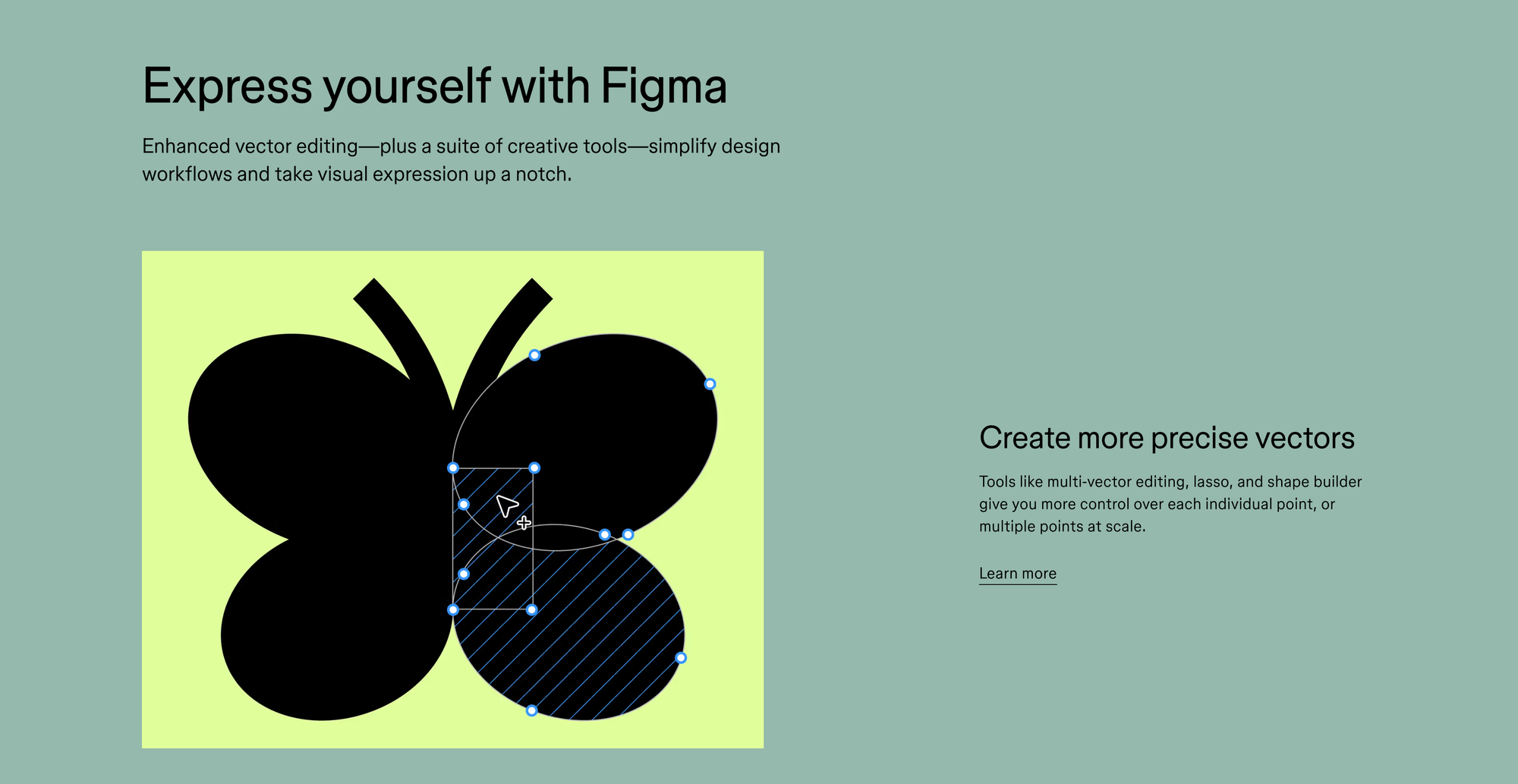
Figma's move should certainly make Adobe pay attention. After all, Adobe itself recognized Figma's threat, evidenced by its (ultimately blocked) $20 billion acquisition attempt.
While Draw might not cannibalize Illustrator's entire user base overnight, it will undoubtedly peel away users for whom Illustrator was an occasional, somewhat cumbersome necessity.
For Adobe, this could be a renewed push to innovate, streamline Illustrator's UI, and perhaps even reconsider pricing or feature tiers. For Figma, it’s a step towards becoming an even more comprehensive platform.
So, Should Adobe Be Afraid?
"Afraid" might be too strong a word for a behemoth like Adobe, with its diverse portfolio and deep market penetration.
However, "acutely aware" and "strategically concerned" would be more accurate. Figma Draw represents a significant improvement in Figma's capabilities and a clear signal of intent.
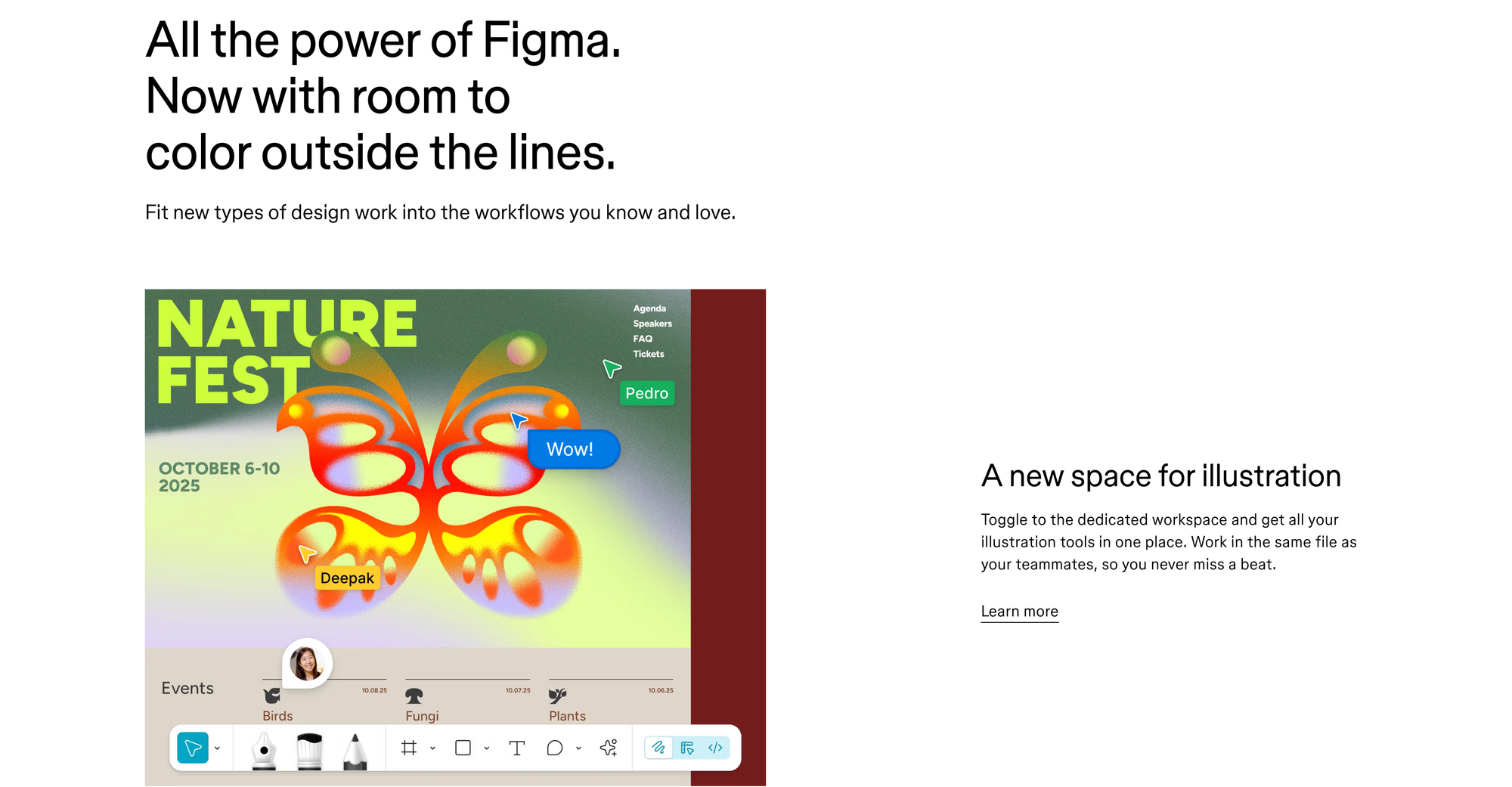
For UI/UX designers focused on digital products, Figma Draw could indeed reduce or eliminate their reliance on Illustrator. For illustrators, print designers, and those needing the full spectrum of vector power, Illustrator will likely remain the go-to.
Ultimately, the winner in this evolving battle is the designer. More choice, more competition, and more innovation mean better tools and workflows for everyone.
Adobe might not be shaking in its boots over Figma Draw alone, but it's another clear sign that the ground beneath the design software empire is constantly shifting.
And that’s a good thing.
